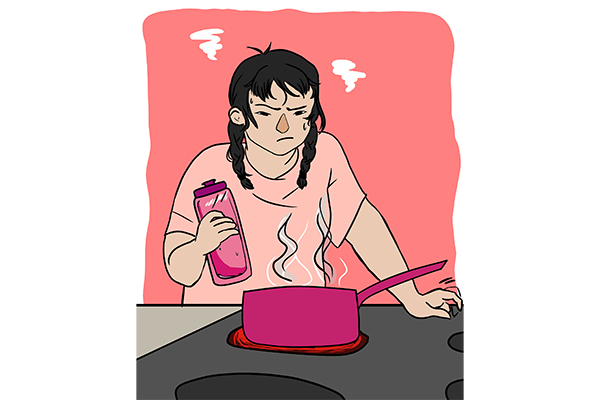One year after the Austin Water Utility issued a boil water notice due to flooding from the Colorado River, Austin partnered with Travis County to evaluate how the city can improve its response to similar events in the future.
Earlier this month, assistant city manager Rey Arellano sent a memo to Mayor Steve Adler and the City Council listing the Colorado River After Action Report, the Corrective Action Plan and an engineering study by the Austin Water Department in response to the week-long boil water notice last year. The After Action Report and Corrective Action Plan highlight 161 recommendations for how the city can improve in areas such as its communications and emergency response operations.
Bryce Bencivengo, public information and marketing manager at Austin’s Office of Homeland Security and Emergency Management, said he praised the city’s response during the flooding, but the city had no plan to deal with an event that unprecedented.
Bencivengo said the city will adjust for future events by improving Austin emergency response staff training and social media policy to better notify residents, among other things. He also recommended that residents register for WarnCentralTexas, a notification system that will send emails and texts to prepare people in case of a public safety event.
“Every individual or family should make an emergency plan and know what you’re going to do in case of an emergency,” Bencivengo said.
Austin Water director Greg Meszaros said while these types of extreme events won’t happen every year, they will continue to intensify. He said this is due to climate change and that Texas will continue to see more severe flash floods and droughts if corrective action isn’t taken, pointing out how the 2011 to 2015 drought was the worst the community has ever experienced.
“Flash floods here are bad, and they are going to get worse in the future, so we should be preparing for that future,” Meszaros said.
Lynn Katz, a UT professor in the Department of Civil, Architectire and Environmental Engineering, was one of the two professors, along with Desmond Lawler, who worked with Austin Water in conducting the engineering study of the flooding. She said one of the recommendations Austin will implement is to improve the processes of monitoring and treating the city’s water for turbidity, or how cloudy the water is due to items such as bacteria and silt.
Katz said one of the ways the city can better prevent turbidity is to add chemicals called polymers that will help trap the turbidity particles to the bottom of containers at Austin’s treatment plants and meet standard regulations for drinking water.
Katz also said she commended Austin for its willingness to correct its course and make changes based on the recommendations.
“Until you face these types of situations, you’re not always going to have the answers on the first time something happens,” Katz said. “What you want to see is people being responsive to learn lessons from what we saw.”





















